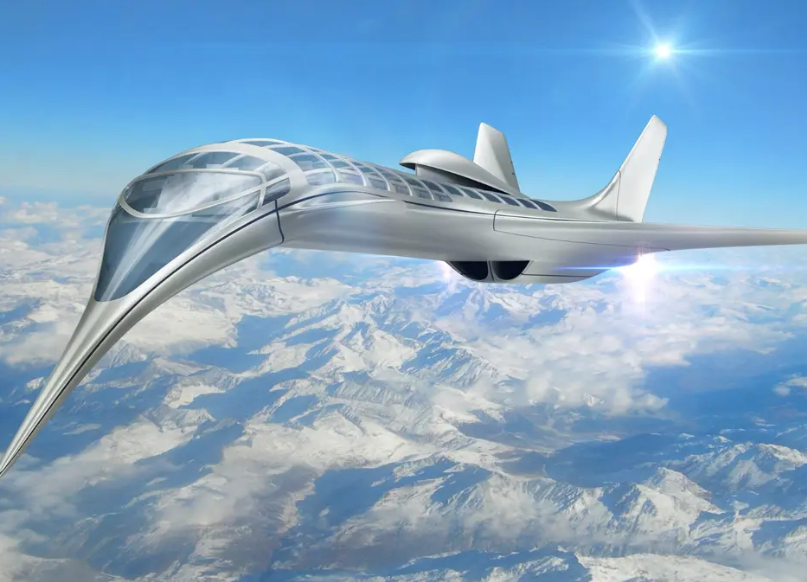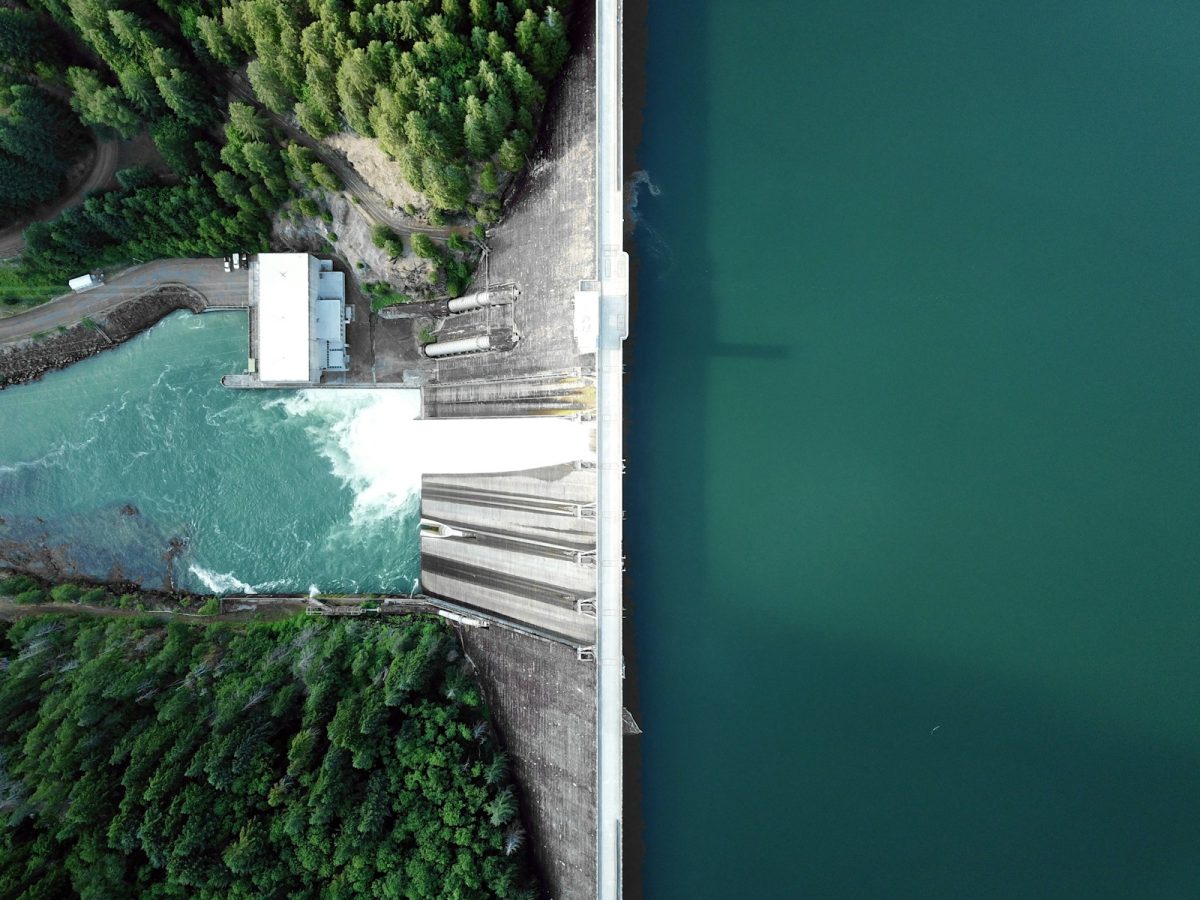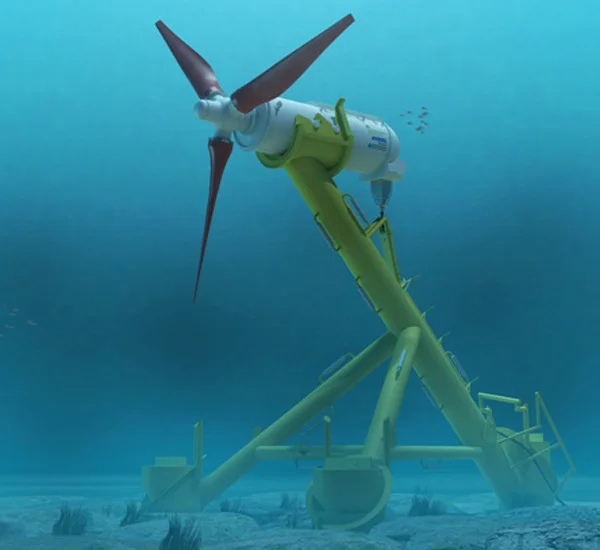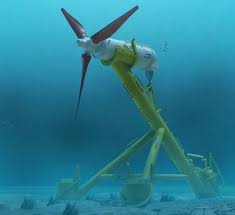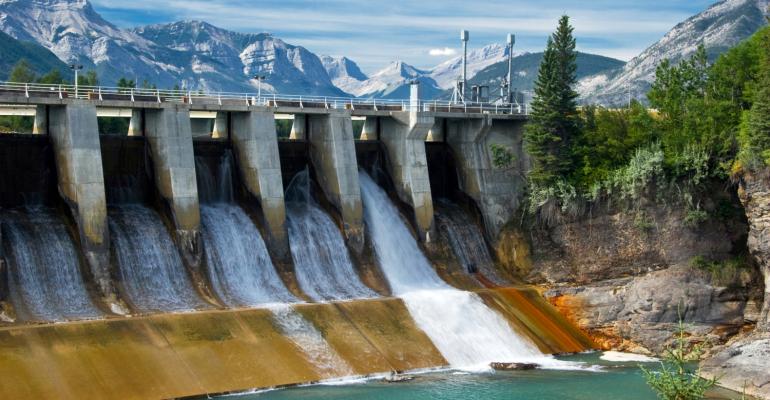Ocean Thermal Energy Conversion (OTEC) is a technology for renewable energy source. OTEC makes use of the difference in temperature between the warm surface and the cold deep ocean. It also uses a baseload energy source, meaning that there are no fluctuations in production, unlike other renewable sources. It is best used near the equator. At the equator, the average difference between the surface and the deep is greater than 36 degrees Fahrenheit, making it better suited for OTEC. An OTEC facility requires large amounts of both the cold and warm water to generate electricity. For an OTEC facility to produce 100 megawatts, it would need around 10-20 billion gallons of water. There are three types of OTEC: closed cycle, open cycle, and hybrid cycle.
Closed Cycle OTEC
Closed Cycle OTEC is a heat engine system, with both a heat source and a heat sink (hot and cold water). The warm water is passed through an evaporator. The evaporator is in contact with a loop of working fluid, often ammonia. The warm water evaporates the fluid, which expands into vapor and drives the turbine. The turbine is connected to a generator, which makes the energy. Meanwhile, the vaporized fluid goes through another chamber, this time with cold water. The fluid then solidifies, and is pumped back into the first chamber. The water that was used is pumped back into the ocean.
Open Cycle OTEC
In Open Cycle OTEC, the warm surface seawater is placed in a low-pressure container, which causes the water to boil. This, in turn, spins a turbine, creating energy. The steam is then exposed to the deep ocean water, which is cold. That condenses the the water, and it is released back into the ocean.
Hybrid OTEC
In Hybrid OTEC, the warm seawater is put into a vacuum chamber where it is flash-evaporated into steam. That steam is then used to vaporize a working fluid, which then turns a turbine. These configurations can produce freshwater, which can then be used for agriculture as well.
Why Is It Not In Use?
The biggest problem with OTEC is the cost. For an OTEC plant to be commercially viable, it has to be massive, which isn’t an option for some places. If the plants fail, it would be extremely expensive. Another problem is the cold water pipes. These are used to take the cold water from the deep ocean to be used in the facility. It has be able to withstand the challenges of the rough ocean. It has to go approximately 3300 feet deep to be able to harness water cold enough. It also has to be around 33 feet in diameter to be able to get enough water to support the plant.
Related Stories:
https://www.eia.gov/energyexplained/hydropower/ocean-thermal-energy-conversion.php
https://coast.noaa.gov/data/czm/media/technicalfactsheet.pdf
https://www.makai.com/renewable-energy/otec/
https://tethys.pnnl.gov/technology/otec
https://eos.org/features/the-century-old-renewable-youve-never-heard-of
Take Action:

